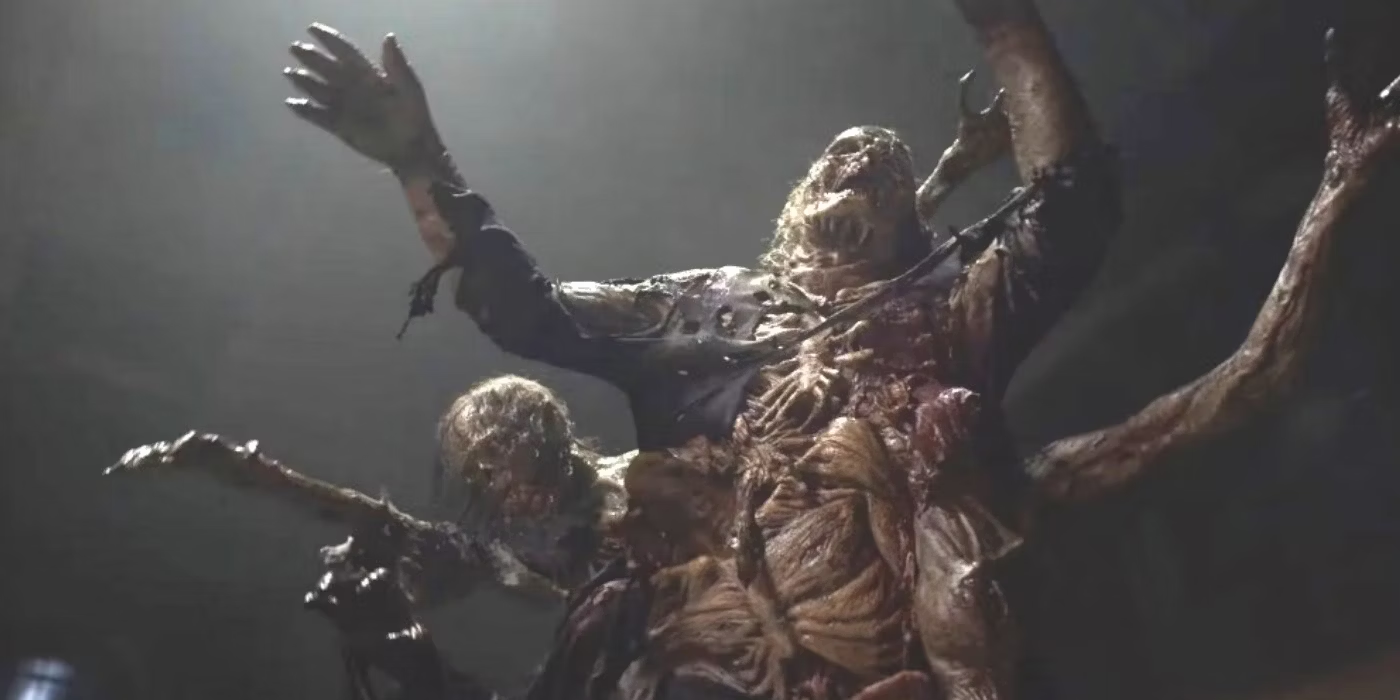In 2022, The Walking Dead universe gave its zombies new names that were a little head-scratching. It also unveiled a cool scientific moniker that no one will ever use when referring to them. But its biggest challenge yet was changing the “walker” game forever by bringing back the intelligent zombies from Season 1.
Season 11, Episode 19, appropriately titled “Variant,” gave viewers exactly what it promised. Aaron’s group came across a new variant of walkers on the road to Oceanside, and their walker-killing skills were put to the test. No longer were walkers inferior creatures that the survivors had mastered. It’s a clean slate for humans, who had to re-learn all they know about walkers and their habits. But what exactly was The Walking Dead‘s walker variant that Season 11 brought to the table, and what other variants have been introduced in The Walking Dead franchise over the years?
Updated on July 2, 2024, by Katie Doll: As The Walking Dead universe continues to expand, so does its variants of walkers. There are so many types of undead creatures nowadays that it can be hard to keep up with them. This article has been updated to feature every variant of walker found in The Walking Dead and its spinoffs.
Overview of The Walking Dead Universe’s Walker Variants
Variant
Description
Found in
Lurkers
One of the most typical walker variants, lurkers are in a death-like dormancy and stay in one place until alerted or triggered by an outside presence.
The Walking Dead
Fear the Walking Dead
World Beyond
Tales of the Walking Dead
Dead City
Daryl Dixon
The Ones Who Live
Roamers
Another common walker variant, roamers, walk around aimlessly. Survivors believe they remember parts of their life from when they are human and will return to places or people they remember. Some roamers are also able to interact with objects.
The Walking Dead
Fear the Walking Dead
World Beyond
Tales of the Walking Dead
Dead City
Daryl Dixon
The Ones Who Live
Climbers
These variants have a higher intelligence and mobility control than regular walkers. Due to their greater strength, they’re able to climb walls, open doors, use weapons, and push humans.
The Walking Dead
Burners
Exclusively native to France, burners have acidic blood that burns victims who are bitten or touched. A victim must cauterize the wound to treat it, so there’s less of a risk of losing the limb.
Daryl Dixon
Cohorts
Cohorts have, so far, been seen exclusively in France. They have increased speed, agility, strength, durability, and intelligence. Resurrecting only 30 seconds after death, cohorts are one of the most dangerous variants around.
World Beyond
Daryl Dixon
Hybrids
Dr. Lafleur created this variant for experimentation purposes in France. Hybrids are known for their black eyes and aggression. Each hybrid is unique in its traits due to inconsistent results; one hybrid had the traits of a climber, burner, and cohort. Another hybrid aggressively tore the head off another hybrid. Hybrids typically die on their own because of imperfect experimentation, with their heads exploding after only seconds.
Daryl Dixon
Walker King
The Walker King is a rare variant formed by multiple walkers conjoined into a super organism. It’s incredibly strong and exceptionally fast but is dormant until awakened. They are likely created by multiple lurkers remaining in a small, wet area for a long period of time. Only one has ever been encountered, which was in the sewers of New York.
Dead City
Stone Walker
Found in United States National Parks as a calcified version of a roamer with stone-like skin that’s hard to break. Stone walkers are formed by steam vents.
The Walking Dead: The Ones Who Live
What Are The Walking Dead’s Walker Variants?

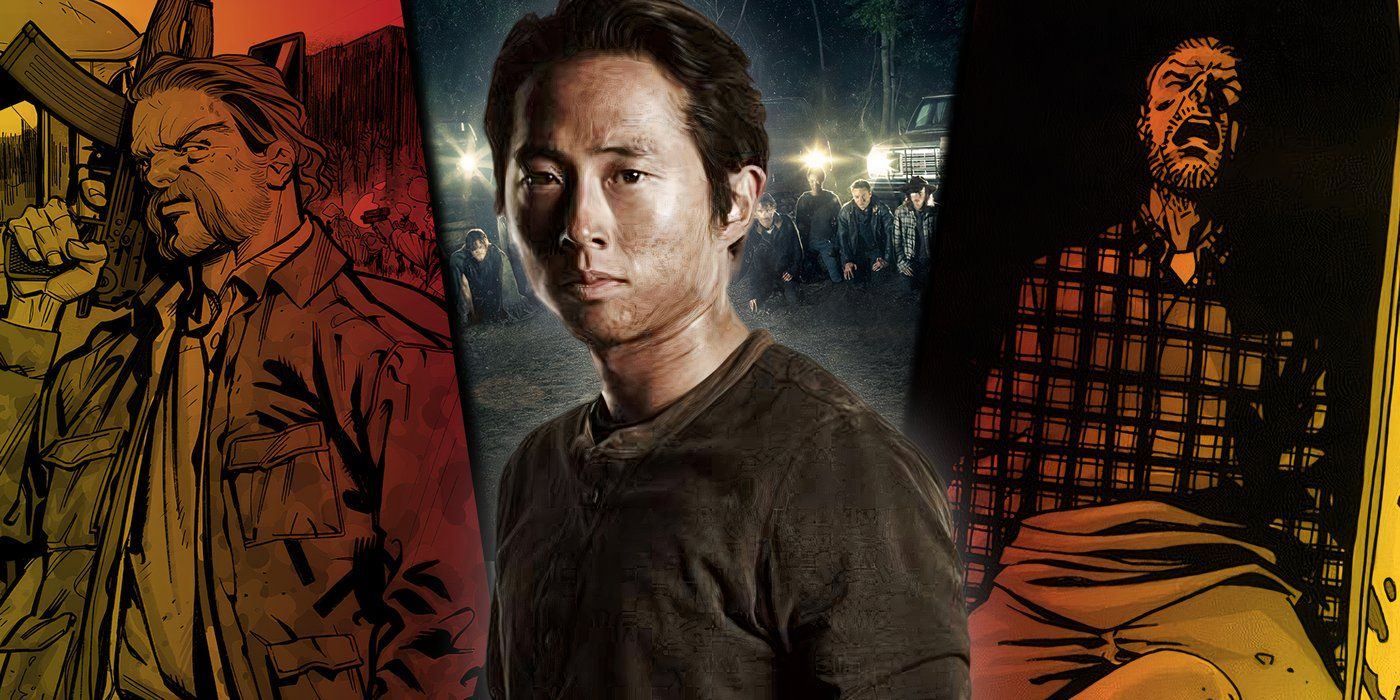
Some of the most graphic and surprising deaths in The Walking Dead either inspired the same in the hit TV adaptation or were much worse in the comic.
Variants are types of walkers that display different qualities related to their strength, intelligence, agility, and appearance. None of the shows have yet to define a strict definition of variants’ origins. Due to a lack of clarity, it’s safe to assume that all types of walkers are a variant of some sort, whether they were naturally created, man-made, or altered by the environment. The typical walkers that survivors encounter on The Walking Dead and its spinoffs are what are known as “lurkers,” who wander around in a death-like dormancy until they’re alerted by an external presence. Another common type are “roamers,” who are believed to have some memories of their past life and will roam to people, places, or objects that they know. The best example of this is Morgan Jones’ zombified wife, who roamed around the home that her family sheltered in.
In Season 11, Aaron’s group (consisting of himself, Jerry, Lydia, and Elijah) were hounded by what Aaron initially thought were Whisperers. He wasn’t in the wrong to think this, since walkers are incredibly slow and mostly just growl and bite people. Their arms are practically just accessories at their stage in life. Also, the Whisperers weren’t technically extinct; Aaron and Lydia let the last Whisperers live when they were seeking refuge in an abandoned Hilltop. These “Whisperers” were grabbing weapons, pushing humans, opening doors, and climbing walls. One even picked up a rock intending to beat Jerry to death. But Aaron found out that they weren’t humans — these were walkers who had seemingly evolved into a new state close to human intelligence.
Before anyone gets too excited, these are not the same sprinting walkers (known as “cohorts”) that were seen in The Walking Dead: World Beyond post-credits scene. Cohorts reanimate after 30 seconds and have increased speed, strength, and agility. The Walking Dead‘s “climbers”are known for their heightened intelligence that helps them climb walls, use weapons, and open doors. It’s a little disappointing, since viewers haven’t seen many of those walkers, and Season 11’s variant of walkers was just mediocre. They’re frightening and more human-like but don’t spark the same fear that would come from seeing a walker sprinting at a person. Even when they took over the Commonwealth by climbing over walls, they were still an easy threat that were wiped out in one episode. At most, these walker variants were exactly how Aaron described them: they still had some control over their brain and much more awareness of their surroundings.
Were The Walking Dead’s Walkers Evolving?
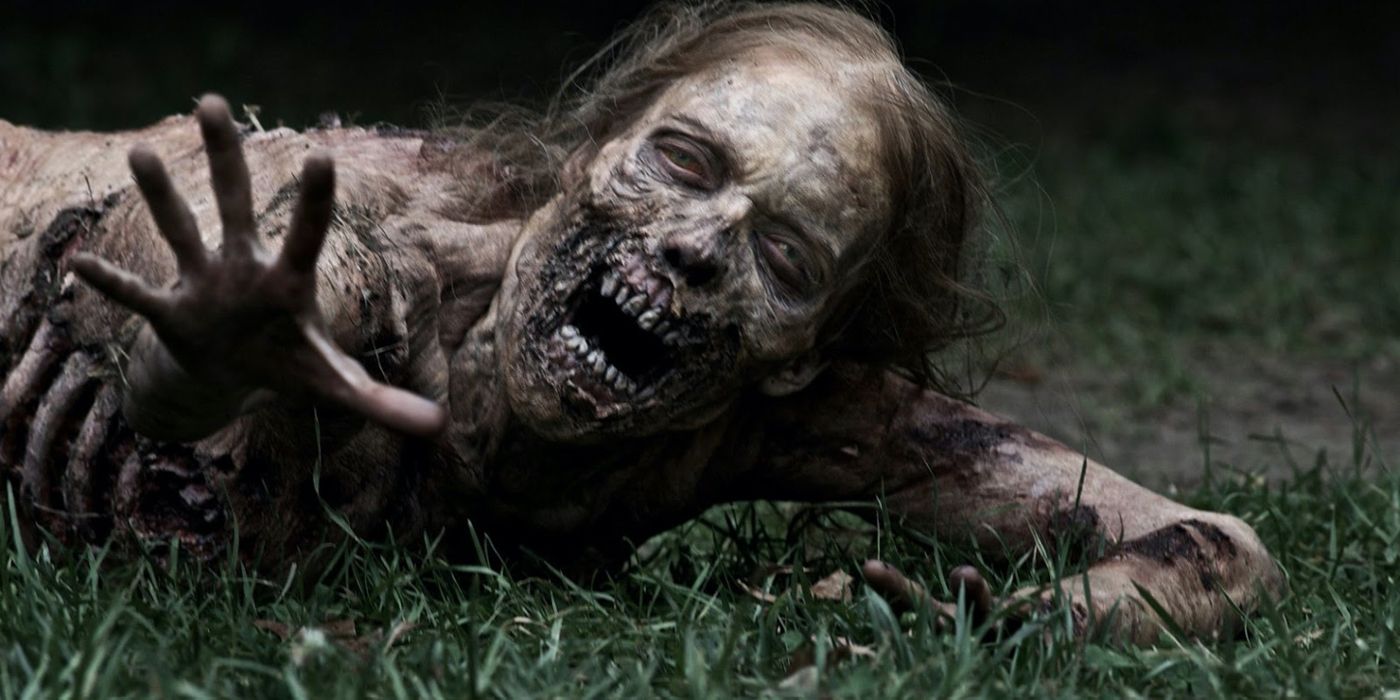
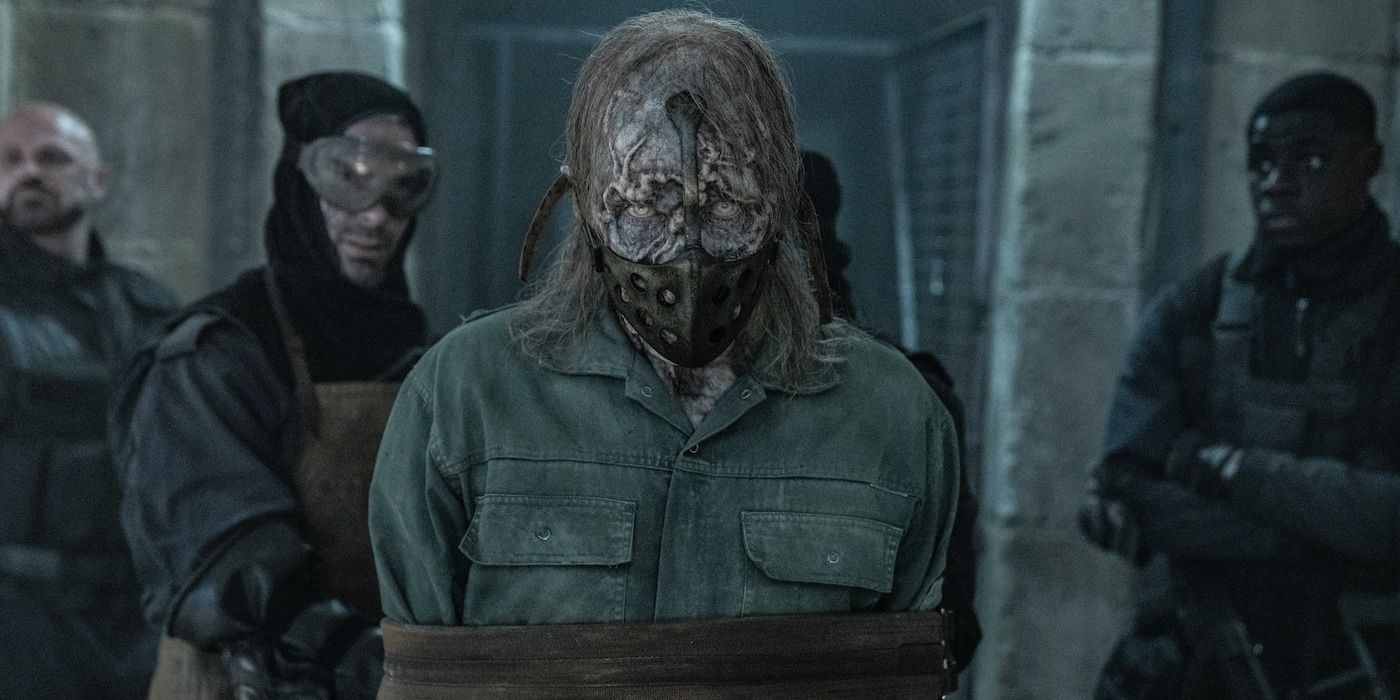
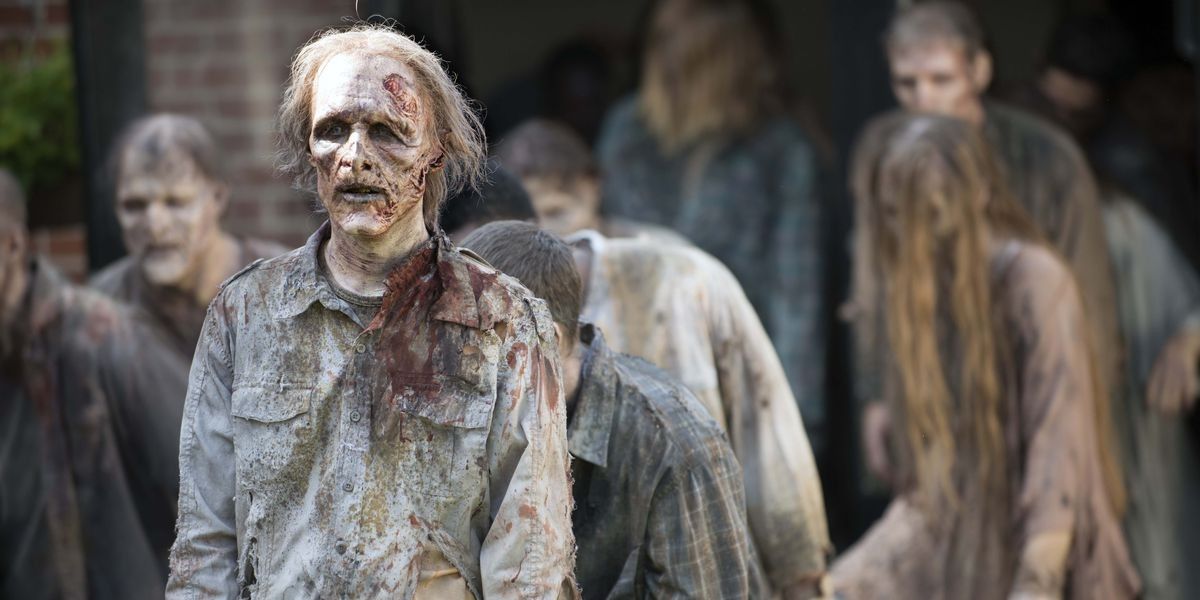
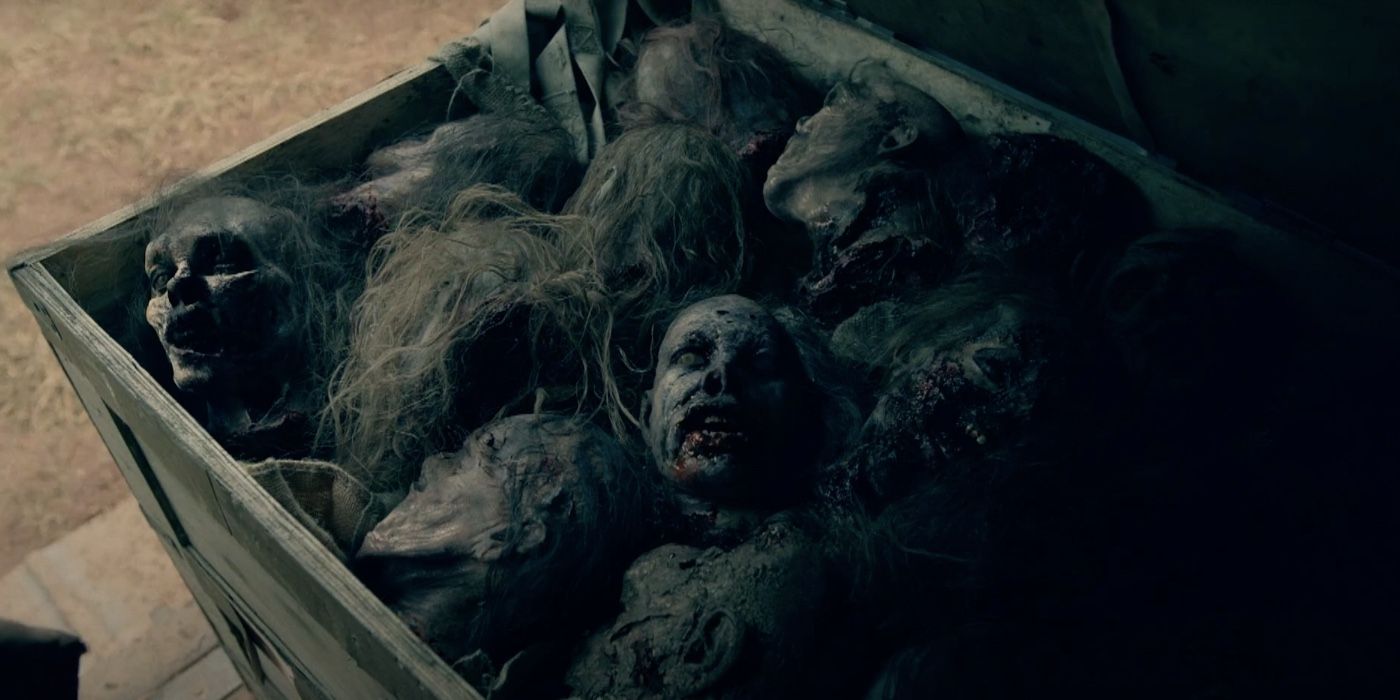

The Walking Dead universe is a world of loss and perseverence, and this has led to some of the franchise’s saddest deaths.
As showrunner Angela Kang teased since the final trailer for Season 11C dropped, this wasn’t the first time survivors have come across this climbing variant of walkers in The Walking Dead. Season 1 was full of climbers who have problem-solving intelligence. One of the most famous was Morgan Jones’ wife, who creepily turned a doorknob — a fantastic shot that made it into the opening credits for years.
One walker threw a rock at a glass door to get access to a shopping center and led a horde to a group of humans. Others seen in Season 1 were much faster, climbed fences, and were as strong as living humans. Given this, the walkers survivors typically encounter probably weren’t evolving — they were just a rare form or mutation that mysteriously appeared again. The only survivors who encountered these walkers in Atlanta (at least on-screen) were either dead or missing. Rick Grimes is the only one alive who can attest that these walkers aren’t new, but he wasn’t around to prove Aaron’s point. It made the group’s situation much more harrowing, as this variant seemed like an entirely unique problem that had never been dealt with before.
The only current character who could have possibly encountered these walkers was Daryl Dixon since he spent some time in Atlanta looking for his brother. But there was still a messy plot hole that remained until the finale: since these are probably the same walkers from Season 1, where had they been this entire time, and why did they mellow out in the first place? Season 11 didn’t give the answers and the survivors surprisingly swept the issue under the rug. They pretty much go, “Well, that’s a thing. Hopefully, we won’t have to worry about it anymore” — and they never do. Climbers have yet to make another appearance, even in the spinoff Dead City, reinforcing their role as a nostalgic hit.
The Walking Dead‘s variant walkers were possibly the biggest scientific discovery in the world since the dead rose in the first place. How can the survivors not be freaking out about this? Their willingness to just move past it like a bad night on the town hinted that this wasn’t the only time these walkers would be seen. And sure enough, The Walking Dead finale stepped up its walker game by introducing hundreds of the variant walkers, leading the survivors to be the heroes the Commonwealth desperately needed.
The Walker King Variant in TWD: Dead City

In The Walking Dead: Dead City, Negan and Maggie are back. This time, in New York City, where a daring rescue mission will dig up the past.
Dead City‘s lack of climbing walker variants was disappointing, but it did make up for their absence with a bigger and tougher competitor: the Walker King. Yes, it sounds eerily too similar to the Rat King in The Last of Us Part II, and shares relatively the same features as the other apocalyptic monster, but it’s still thrilling nonetheless.
The Walker King was found in the sewers of Manhattan and was formed by multiple walkers stuck together. It was relatively dormant until it was alerted by Maggie Rhee and was exceptionally fast and strong when fighting her. In order to defeat it, she had to kill each one of the monstrosity’s heads, which was no easy task. Since the Walker King was not created by humans through experimentation, this confirms that variants can also be modified by the environment.
Burners and Hybrids in TWD: Daryl Dixon

AMC’s Daryl Dixon gives the self-titled character another chance at taking the lead in France, where apocalyptic clichés rise as much as the dead.
By far the most impressive walkers in The Walking Dead universe have come out of The Walking Dead: Daryl Dixon. Not only did the spinoff series take the franchise to another continent, but it also introduced two new variants that pose a larger threat to Daryl as he navigates his way in France.
The first and less threatening new variant walkers are burners. Burners were seen in the premiere episode of Daryl Dixon in an abandoned market where they appear as lurkers, meaning they don’t roam around or move until they’re alerted by a nearby presence. They have acidic blood that burns the skin of their victims when touched. Thankfully, the burns can be cauterized and treated. These flesh-burning walkers appear to be relatively common, but exclusive to France.
The second and most dangerous variant is similar to the cohorts encountered in The Walking Dead: World Beyond’s post-credits scene but is actually not interchangeable. Daryl Dixon shows a more enhanced version of cohorts known as “hybrids,” created by Dr. Lafleur and are still in the experimental process. They’re known to be the most aggressive with increased agility, speed, and strength, and will attack other walkers if engaged. Depending on the experiment, some have the acidic blood and distended veins of a burner, while others can climb like The Walking Dead‘s Season 11 variant. They typically have black eyes and their heads will explode in 30 seconds due to poor mutation. Even if The Walking Dead‘s final “big bad boss” walker variants were a bit of a let-down, Daryl Dixon amped up the excitement with these two threatening walker variants.
Stone Walkers in TWD: The Ones Who Live
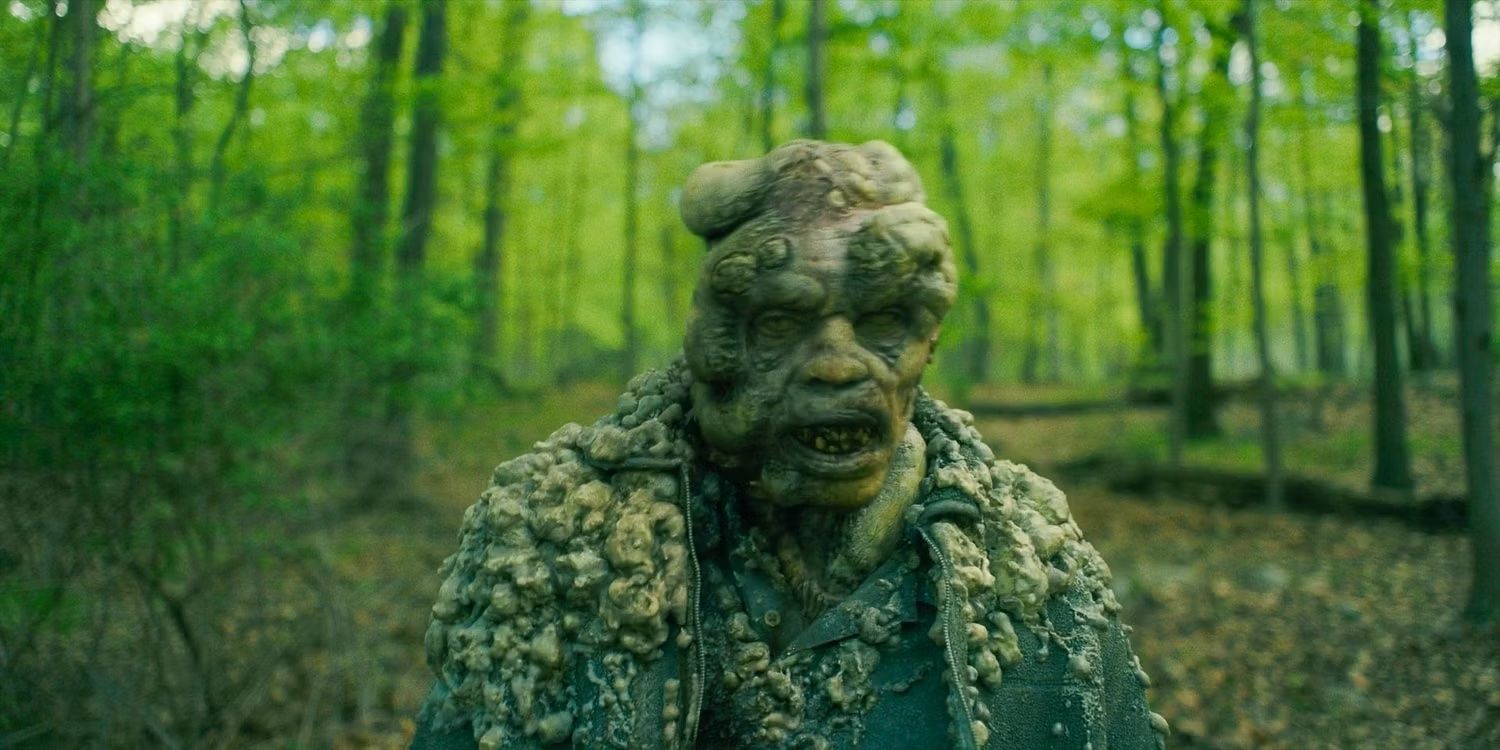

AMC’s The Ones Who Live dives into the heart of The Walking Dead, with Rick and Michonne’s romantic narrative set against an authoritarian nightmare.
The latest variant to hit The Walking Dead universe appears in The Walking Dead: The Ones Who Live Season 1, Episode 5, “Become.” This variant, known for its calcified appearance, doesn’t have an official title; for simplicity’s sake, they can be referred to as “stone walkers.” So far, stone walkers have only been seen in Yellowstone National Park in the United States. They have a hardened exterior that’s tough to break through, said to be like hitting a stone when trying to kill one. These variants were calcified by steam vents, which essentially “baked” them into a tough state.
Stone walkers haven’t officially been named as a variant of walkers in The Walking Dead universe, but they meet the criteria. Variants can’t possibly be just created by human-tampered science alone. Otherwise, the Walker King wouldn’t be a variant either. They may behave like regular walkers, but they are tougher to kill. By all accounts, a stone walker is a type of variant.
